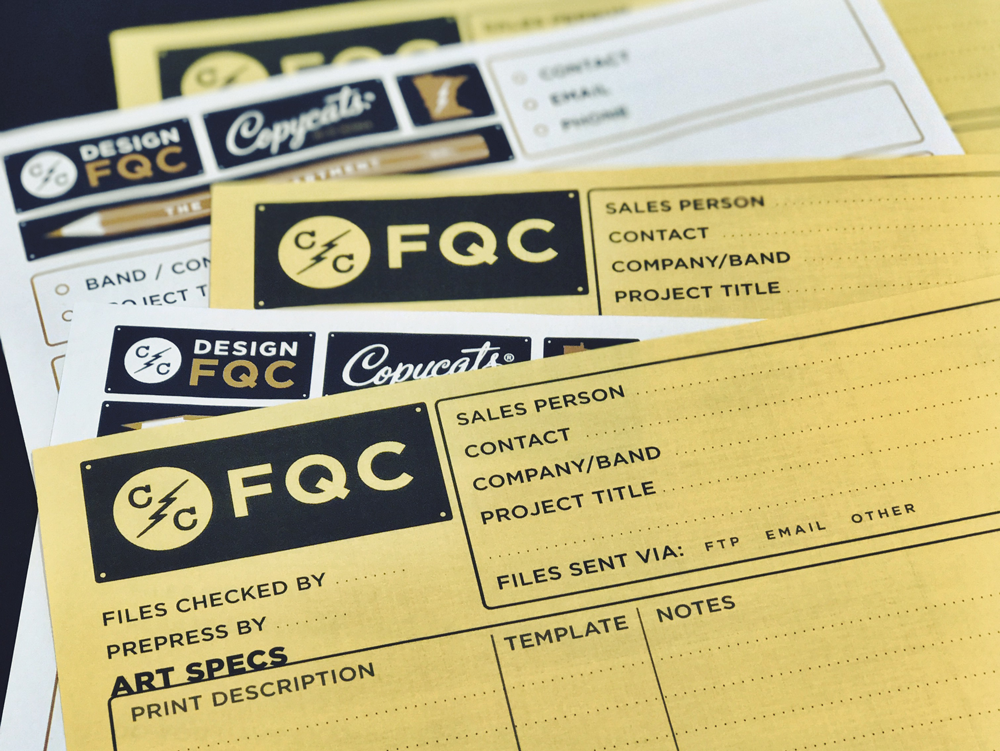Copycats media
Blog
We like to talk, like a lot. Sometimes we write about things that are important to our customers. And sometimes, well we just write things because we don’t know what else to do with ourselves.
Top 5 Reasons Your Art Files Were Rejected

Preparing art files can be a difficult step in completing your CD replication project. If you choose to do it on your own, you may run into problems during the prepress stage of the project. Here are a few common mistakes made when submitting art files:
NOT IN TEMPLATES
Most problems arise from art files not being set up in our templates. We have templates of our most common packaging options at our website. You can download them for free. If you need a template for something that is not our website, let your sales rep know and they’ll be happy to send it to you.
TEMPLATES EMBEDDED
Another issue is that the template layer is embedded into your flattened file. If you are confident that your art is setup correctly, turning off that template layer before saving it as a print ready file will help speed up the process.
NO BLEEDS
Your art files need to be set up with bleeds to allow for slight shifting when the print materials are cut. If you don’t have bleeds, then your printed inserts could have thin, unprinted white strips around the edges. Bleeding the image at least 1/8 of an inch over the cut line will prevent this from happening.
WRONG COLOR MODE
Print files need to be set up in CMYK (cyan, magenta, yellow, and black) mode, but often are submitted in RGB (red, green, and blue). RGB is the color mode used for television screens and computer monitors. Because they generate colors from light, they can make much brighter colors than CMYK inks. If you print RGB colors on paper, they will appear much more dull.
LOW RESOLUTION
Resolution needs to be at least 300 DPI (dots per inch) for print. If it’s lower, the images will appear pixelated when they are printed. Often, our customers will use an image file they pull off a website, but most web images are at 72 DPI. Make sure you always use high resolution images for print.
MISSING FONTS OR LINKS
It’s best to include the font files and/or links you use in your design. You can outline the fonts, or embed the links instead. There are many different types of fonts for Windows and MAC OS, and there could be slight variations from one system to another, even if they have the same name.
If you make sure you avoid all the above, your art files should be ready when you submit them! Don’t forget, you can always contact your sales rep if you have questions or would like to inquire about our affordable graphic design services.
